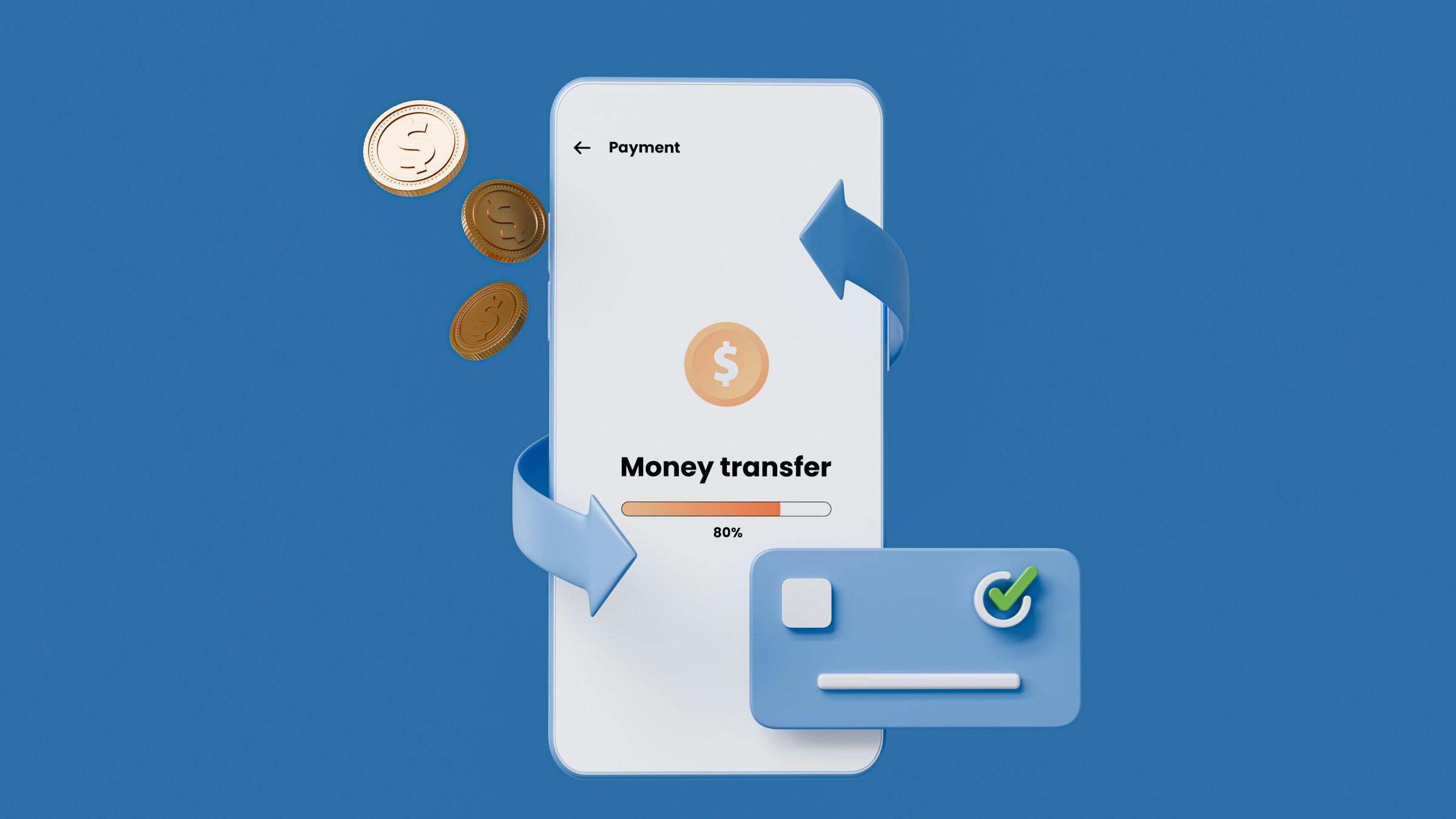What actually happens to your stock options when you resign is more than a single rule in your contract. It is a sequence of events that begins the day you give notice and ends when you either exercise or walk away. The sequence is shaped by your grant type, your vesting schedule, the post termination exercise window in your agreement, the company’s status as public or private, and your personal cash and tax situation. If you are preparing to leave, or have just left, you will make better choices by translating those variables into a timeline that aligns with your long term goals, not just the next few weeks.
Start with what you own on your final day of employment. Options vest according to a schedule set out in your grant agreement. Anything that has not vested by your final day is normally forfeited. Anything that has vested remains outstanding, which means you generally keep the right to buy those shares for the strike price set on your grant date. The cliff, if you had one, remains a hard boundary. If you resign before the cliff date, even by a day, you will usually leave with nothing vested. If you cross the cliff and continue to vest monthly or quarterly, every share that has vested by your final day is yours to potentially exercise, subject to the post termination rules of your plan.
Next, identify your post termination exercise window. This detail changes the entire decision. Many plans set a 90 day window after your employment ends. Some extend it to 6 or 12 months, and a few will allow the full remaining life of the option, often up to 10 years from the grant date. The length matters for two reasons. First, you must pay the strike price to exercise within that time or the option expires. Second, if you hold incentive stock options, also called ISOs in the United States, converting them to shares after 90 days often changes their tax status. ISOs exercised within 90 days of termination can preserve ISO treatment if you later meet the holding periods, while ISOs exercised after 90 days typically convert to nonqualified options for tax purposes. The result is a different tax path, which I will unpack in a moment.
Clarify what you were granted, because stock options and restricted stock units are different instruments. Many employees use the word options as a catch all, but RSUs do not require an exercise payment and usually settle into shares automatically once they vest and any release conditions are met. When you leave, unvested RSUs are usually forfeited, while vested but unsettled RSUs often still settle on the scheduled date, subject to the plan rules and any blackout or clawback provisions. With options, nothing happens unless you exercise, which means you choose to pay the strike price to receive shares. Your planning approach should match the instrument you actually hold.
Consider the company’s status. In a public company, you can often sell immediately after you exercise, subject to trading windows or blackout periods and any holding requirements. In a private company, your shares may be illiquid. That means you can pay to exercise and still be unable to sell for months or years. Some private companies run tender offers or allow secondary sales at intervals. Others do not. Some late stage startups offer extended exercise windows to avoid forcing employees to forfeit valuable but illiquid options, but those extensions can change tax treatment and may come with interest or financing features. Understanding the practical path to liquidity will influence whether you exercise now, wait, or walk away.
Bring taxes into the picture carefully, because taxes shape the net benefit of every route you could take. If you hold nonqualified stock options, also known as NSOs or NSQs, the spread between the fair market value at exercise and the strike price is ordinary income in most jurisdictions. Your employer may withhold taxes at exercise if the company is public, or at the next liquidity event if it is private, though withholding does not guarantee that your final tax bill is fully covered. If you hold ISOs in the US, there is no ordinary income at exercise, but the spread counts for alternative minimum tax. That can create a cash tax bill even if you do not sell, which is why ISO exercise in a private company deserves an explicit cash flow check. If you later sell ISO shares after holding at least one year from exercise and at least two years from grant, the spread can qualify for long term capital gains. If you sell sooner, some or all of the gain is taxed as ordinary income. In the UK, option tax rules differ by scheme, such as EMI, CSOP, or unapproved options, and in Singapore and Hong Kong, cross border assignment and source rules can shift your tax exposure. If you have worked across borders during the vesting period, apportionment rules may allocate income to multiple tax authorities. This is the moment to match your plan to your residency status, rather than assume a single country view.
Translate the variables into a working timeline that starts before your resignation date and runs through your window. On the left side of your timeline, mark the last vesting date you will hit as an employee. If you can time your resignation to capture a vesting date without upsetting your professional relationship or your next role, that can change your outcome significantly. On the right side, mark the final day of your post termination window. In between, plot the trading calendar if the company is public, or any expected tender windows if it is private. Now add your personal cash position and the tax moments that matter. If you plan to exercise ISOs in December, run an AMT projection before you commit. If you plan to exercise NSOs, estimate the withholding and the remaining tax due, and earmark the cash.
Decide whether you will exercise and hold, exercise and sell, or let the options expire. Exercise and sell is the simplest route for public companies if a trading window is open and gains are available. You pay the strike price, incur tax on the spread as applicable, and convert the position to cash on the same day. Exercise and hold turns you into a shareholder. You carry market risk if the company is public, or liquidity risk if it is private. Letting options expire can be rational if the strike price is near or above the current fair market value, if the company is private with uncertain liquidity and you do not want to tie up cash, or if the tax outcome and timeline do not fit your plan. This is not a failure. It is a choice to keep capital flexible for goals that matter more right now.
Map financing options only after you confirm that exercise makes sense. Some employees consider exercise financing or non recourse loans offered by specialty firms. These can solve a near term cash problem, but they add a partner to your outcome and sometimes add fees or pledge terms that change your risk. If your company offers an extended exercise window, weigh the tradeoff. Longer windows can protect your upside by reducing forced expirations, but ISO treatment may switch to NSO, which raises the tax rate on any future gain at sale. If you are leaving on good terms, speak with your HR or equity team early. They can confirm your dates and may alert you to upcoming tender windows or documentation that takes time to process.
Review plan conditions that can trigger special outcomes. Resignation for cause usually accelerates expiration, and your company’s definition of cause may be broader than you expect. Non compete and non solicitation provisions can affect how and when you trade or exercise. If you are a senior leader or an insider under securities rules, you may face longer blackout periods or require a 10b5 1 plan to trade after you leave. If you are on parental leave or medical leave, some plans pause vesting or extend windows. Each of these details can change the timeline, so ask for the plan document and any grant addenda, not just the summary.
Place this decision inside your broader financial plan. The question that matters is not only what happens to stock options if I quit, but how the outcome fits your retirement savings, your emergency fund, your housing plans, and your diversification. Concentrated exposure to a single employer can be acceptable during a growth phase in your career when cash compensation and equity move together. Once you leave, that exposure becomes a separate investment choice. If exercising would consume your emergency reserve, delay a critical insurance purchase, or crowd out diversified investing that you can hold for decades, it may not be aligned. If exercising secures a position in a company you believe in, with liquidity on a visible horizon and a tax profile you have planned for, it can be a powerful part of your long term plan.
Ask yourself a few anchoring questions that calm the noise. If you did not already own these options, would you buy this stock for cash today at this price, held to this timeline, with this liquidity? If the answer is no, the fact that it came from your employer does not make it a better investment. If the company were illiquid for three more years, would holding crowd out other life choices you care about, such as relocating, starting a family, or switching careers again? If the option expires in 90 days and the tender window is not expected for 12 months, are you willing to fund the gap from savings or are you borrowing against future outcomes you cannot control? These questions do not tell you what to do. They reveal what you already believe once the grant label is removed.
Run simple numbers even if you feel pressed for time. Take the number of vested options and multiply by the strike price to see the cash required to exercise. Look up the current fair market value or, in a private company, the latest 409A valuation if available, and compare to the strike price. Note the spread per share and the total paper gain. Apply a rough tax rate to the gain if you would owe tax at exercise or at sale, and subtract. If the net figure feels meaningful to your plan and the risks feel tolerable, proceed with intention. If it does not, keep your capital flexible. Document every step, from grant IDs to exercise confirmations, so your future tax filings are clean.
Coordinate with your new employer if you are joining another company quickly. Many firms require new hire equity paperwork, and some offer sign on equity or cash that can offset the cost of exercising at your old employer. Be careful about material nonpublic information. If you have insider knowledge, coordinate with legal teams to avoid trading during restricted periods. If you are moving across borders, consider timing your exercise before or after a change in tax residency to avoid needless complexity. In some systems, carrying vested options as you move can create apportionment issues that are solvable with planning, but messy if ignored.
If you are still at the planning stage and have not yet resigned, there is value in pacing your exit to the calendar. Crossing a vesting date can change the option count materially. Exercising ISOs early in a tax year, when you can later sell and adjust if AMT exposure becomes heavy, can be safer than exercising at year end without time to correct. Waiting for a trading window in a public company so you can exercise and sell on the same day can reduce risk and simplify tax withholding. None of these moves require you to stay longer than is healthy for your career, but a few weeks of timing can produce a quieter financial outcome.
What happens to stock options if you quit is not a trick question, although it can feel that way in the moment. Unvested options stop vesting and are usually forfeited. Vested options remain exercisable until the end of the post termination window. The value you capture depends on whether you exercise, whether you can sell, and how taxes interact with both. Your best path is the one that aligns the calendar in your plan documents with a personal cash, risk, and tax plan you can live with. If you need help, bring your grant paperwork, your latest pay and tax details, and a simple timeline to a planner or tax professional who understands equity compensation. A calm hour with clear numbers is often all it takes to replace pressure with decisions.
The goal is not to keep every share at all costs. The goal is to keep options that still serve your life after you leave. Start with your dates. Confirm your grant type. Map your cash and taxes. Decide with your whole plan in mind. Then execute cleanly, and move on to the next chapter with your money aligned to your future, not your past.




.jpg&w=3840&q=75)




.jpg&w=3840&q=75)


.jpg&w=3840&q=75)


